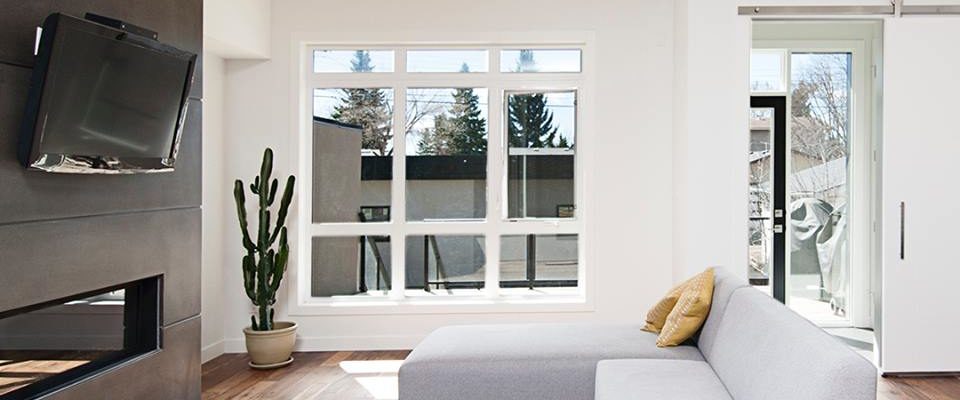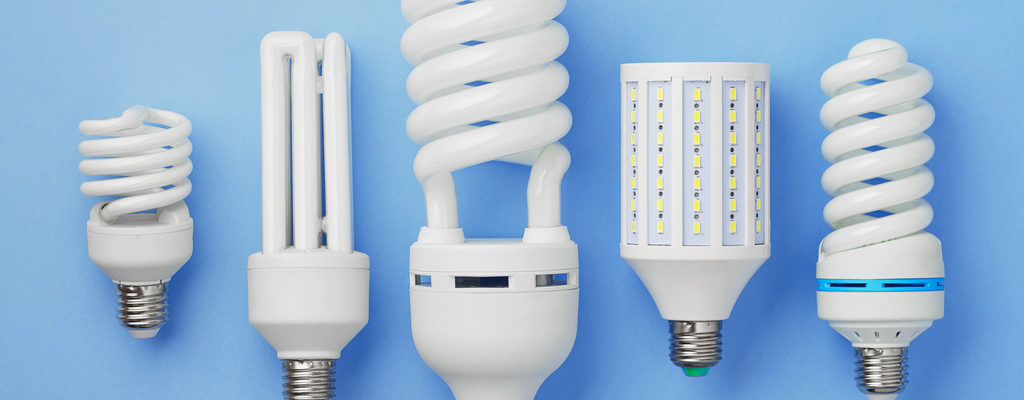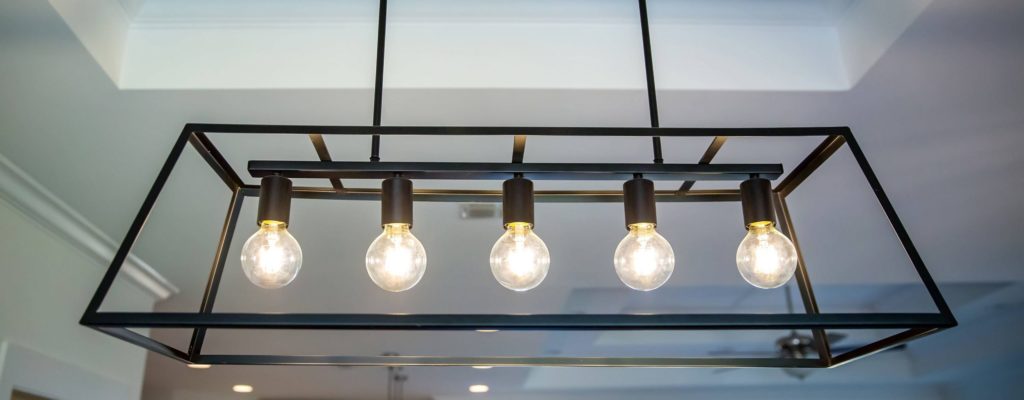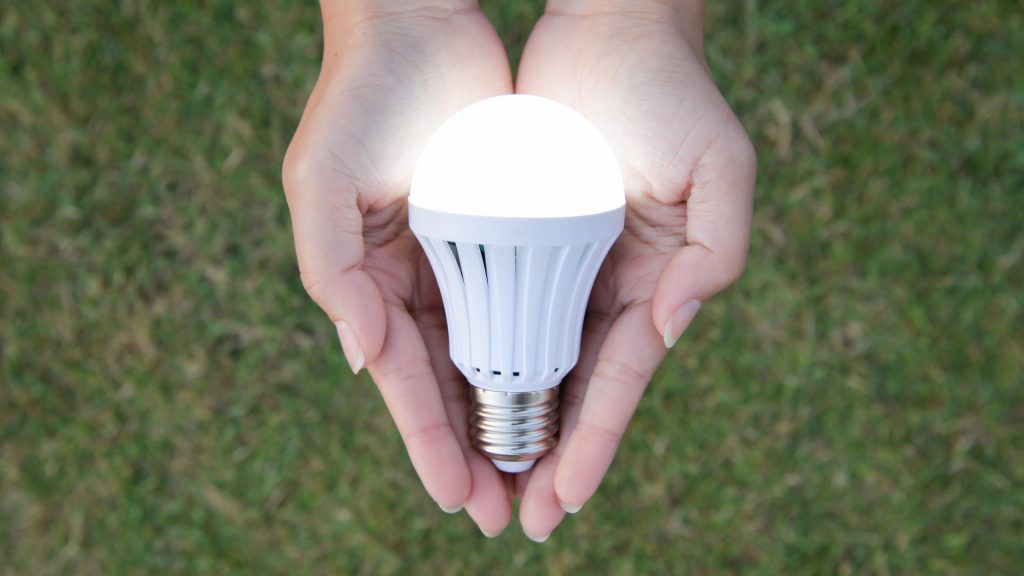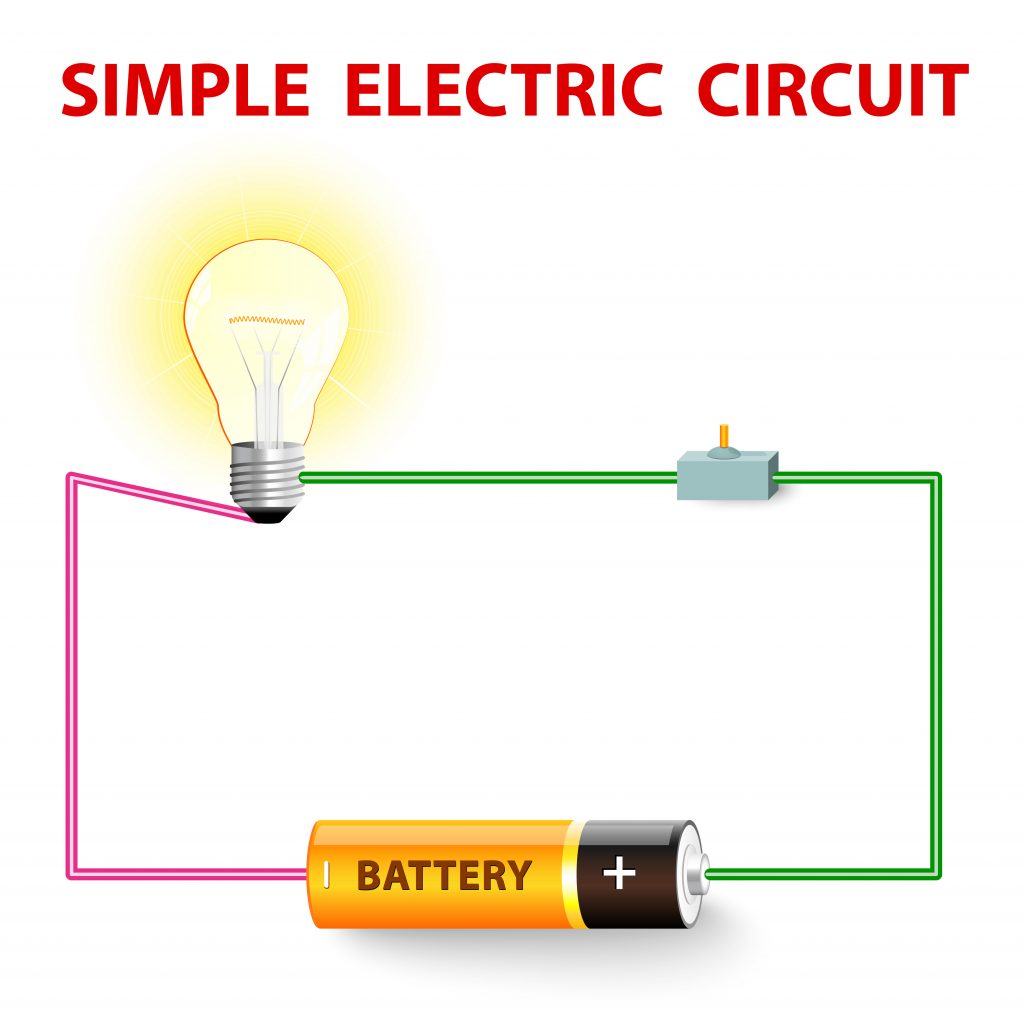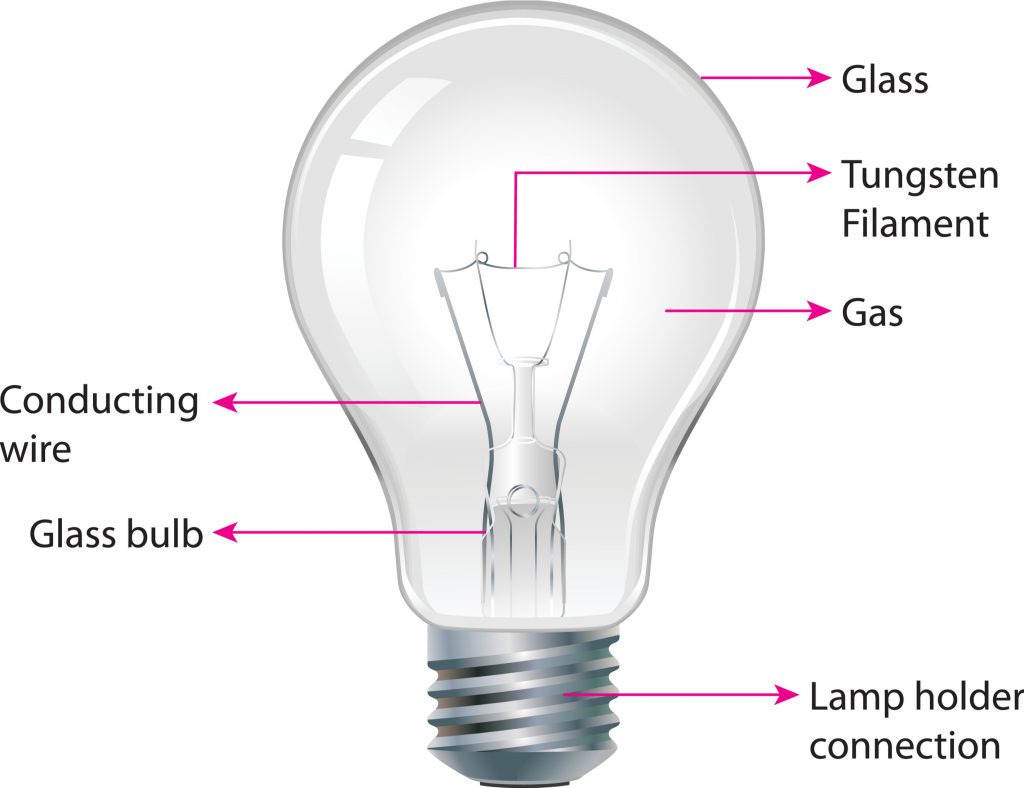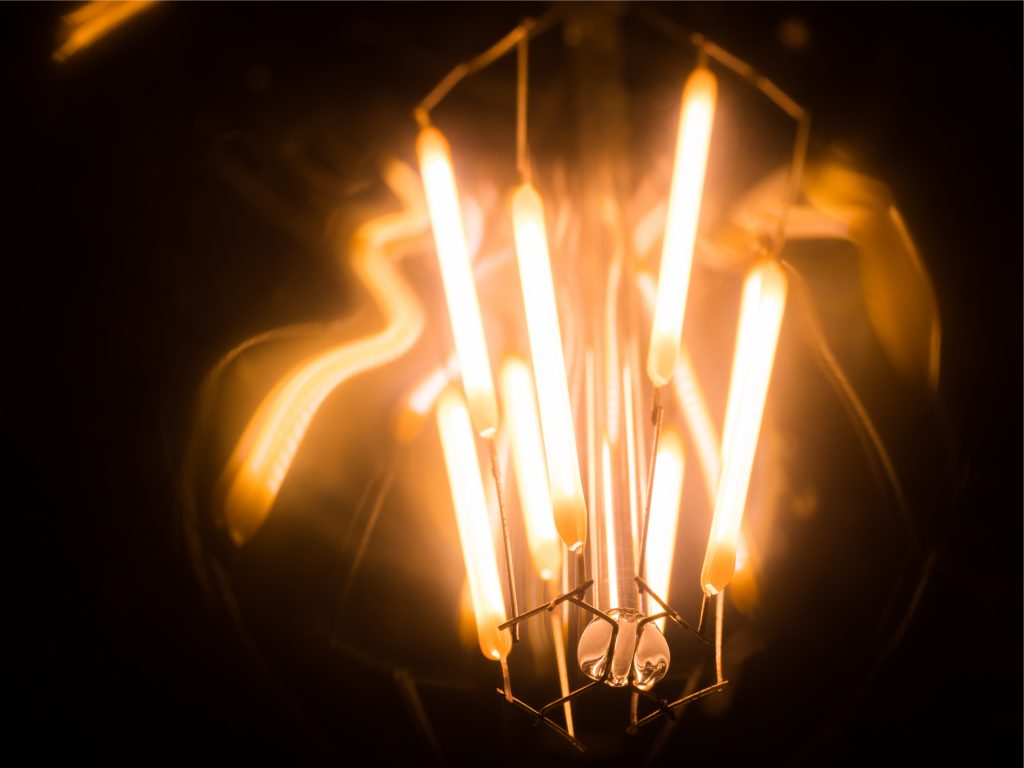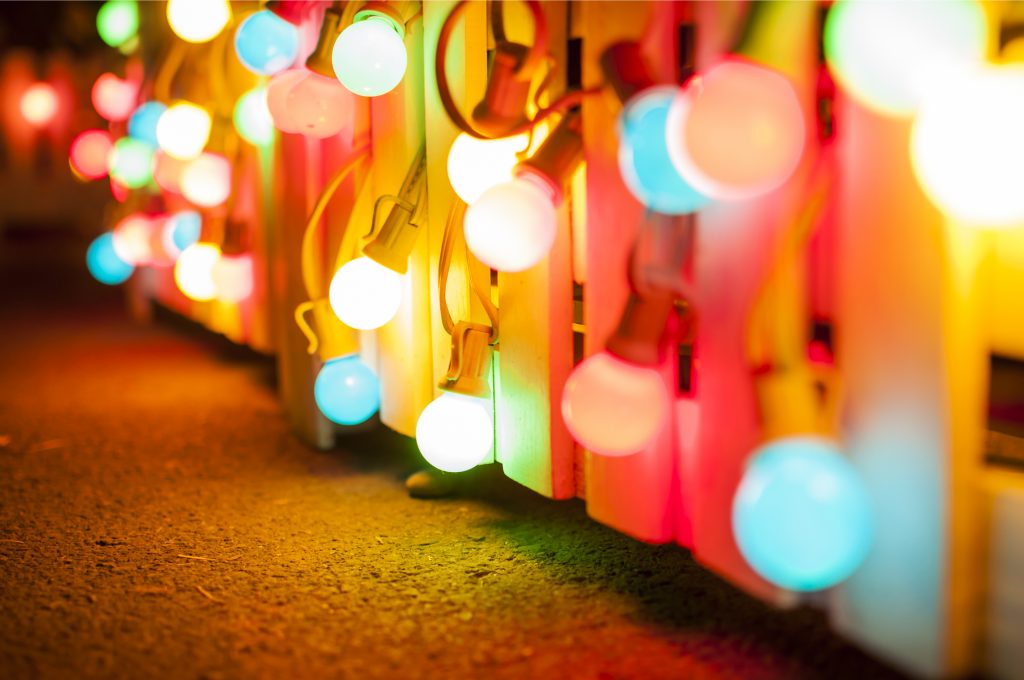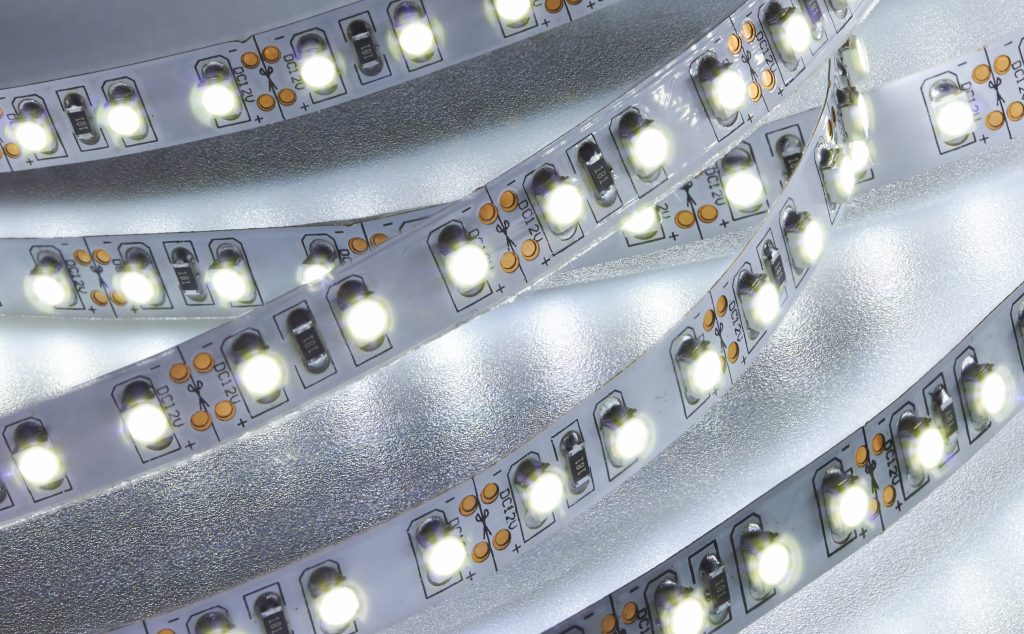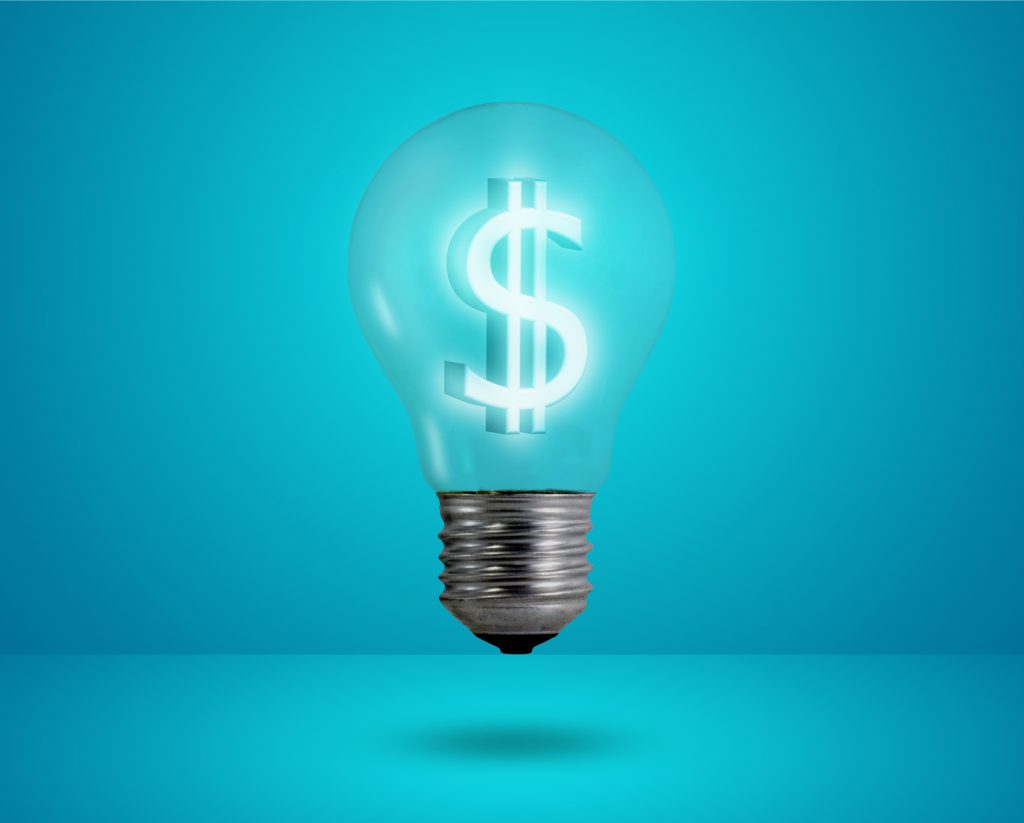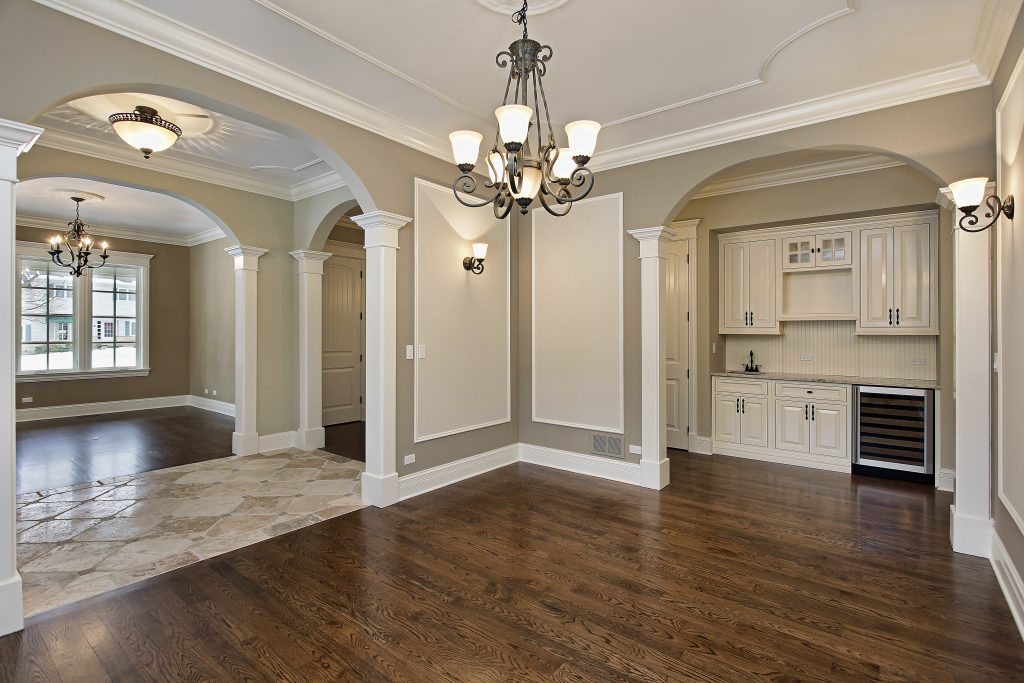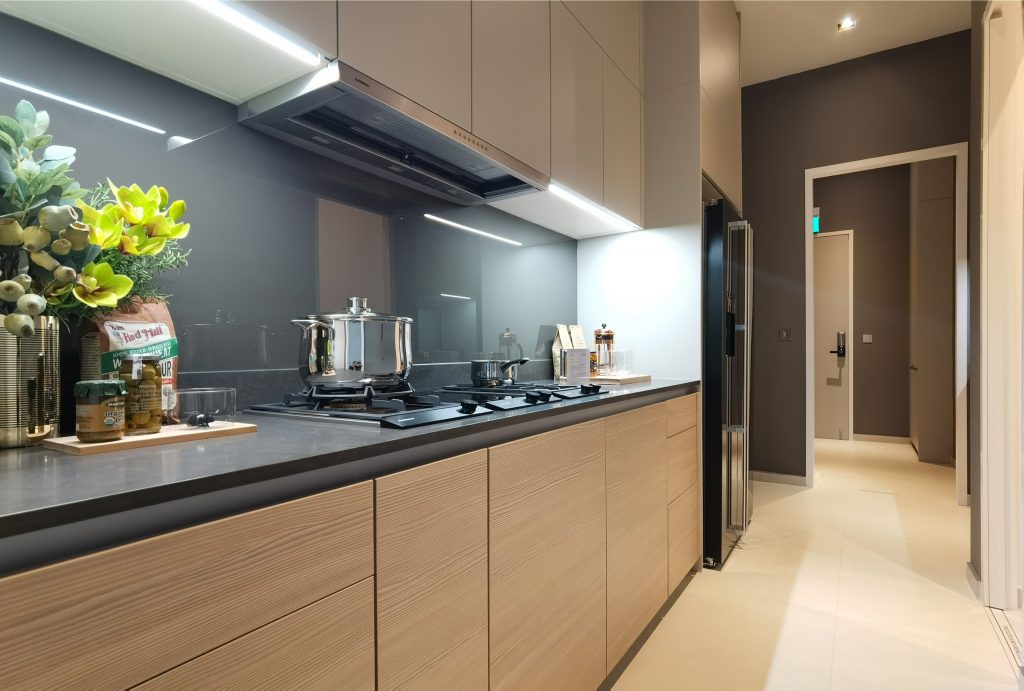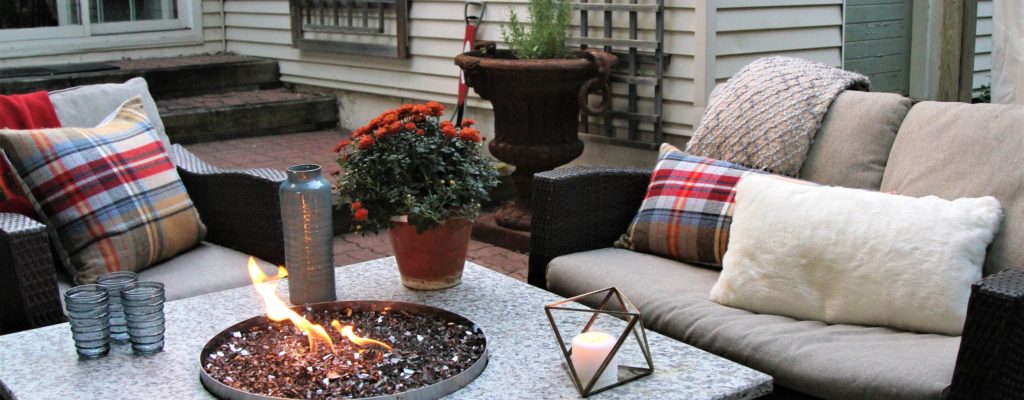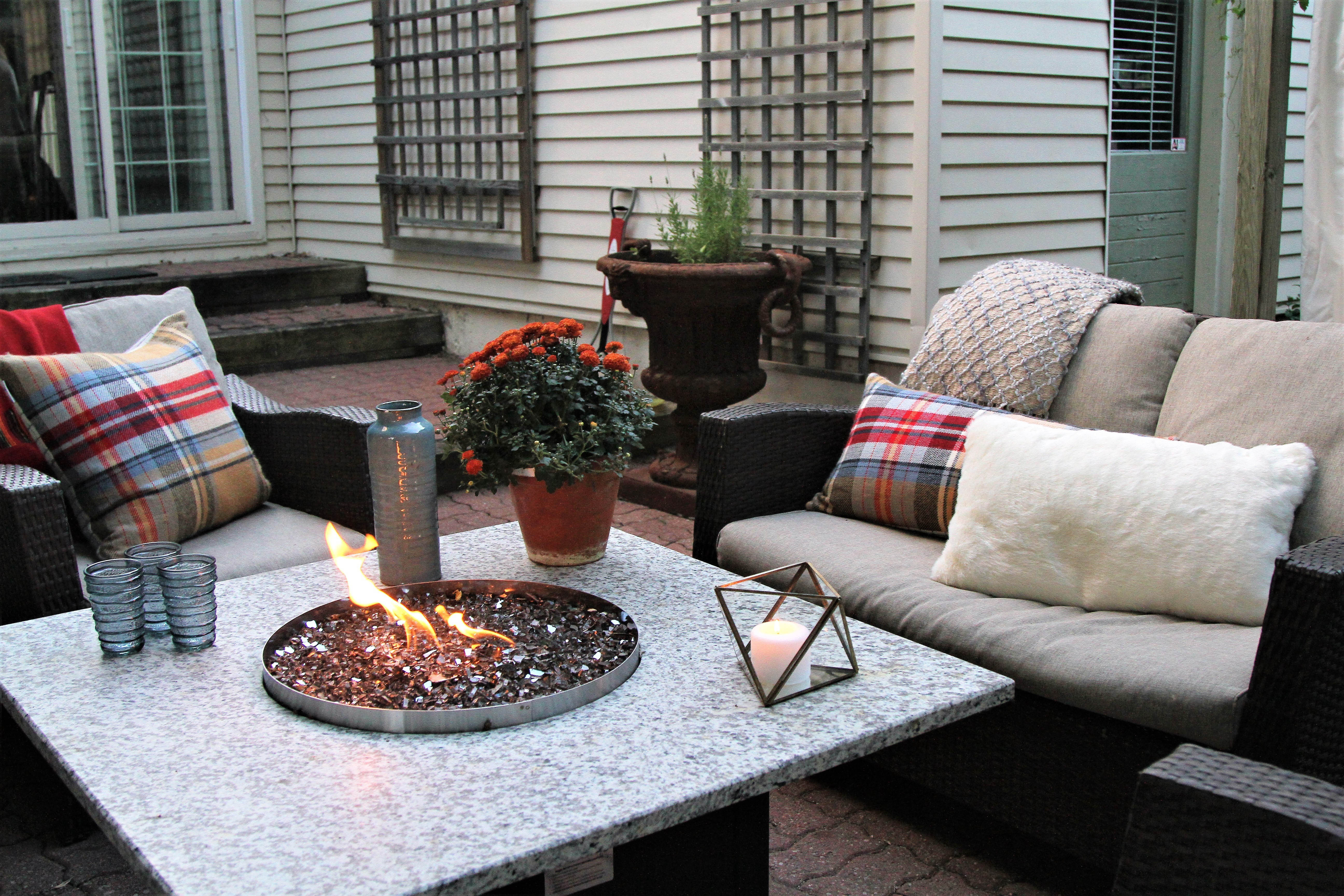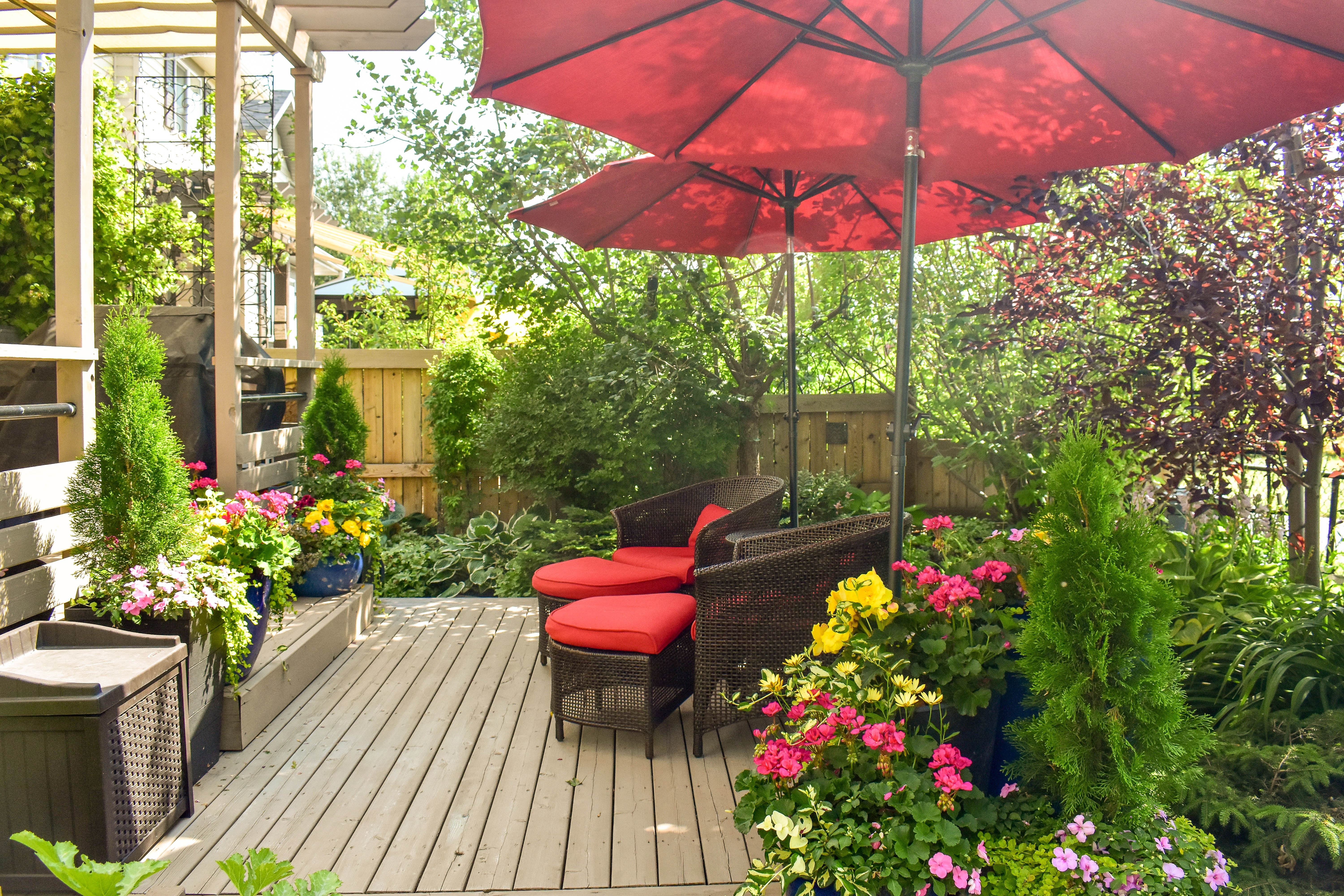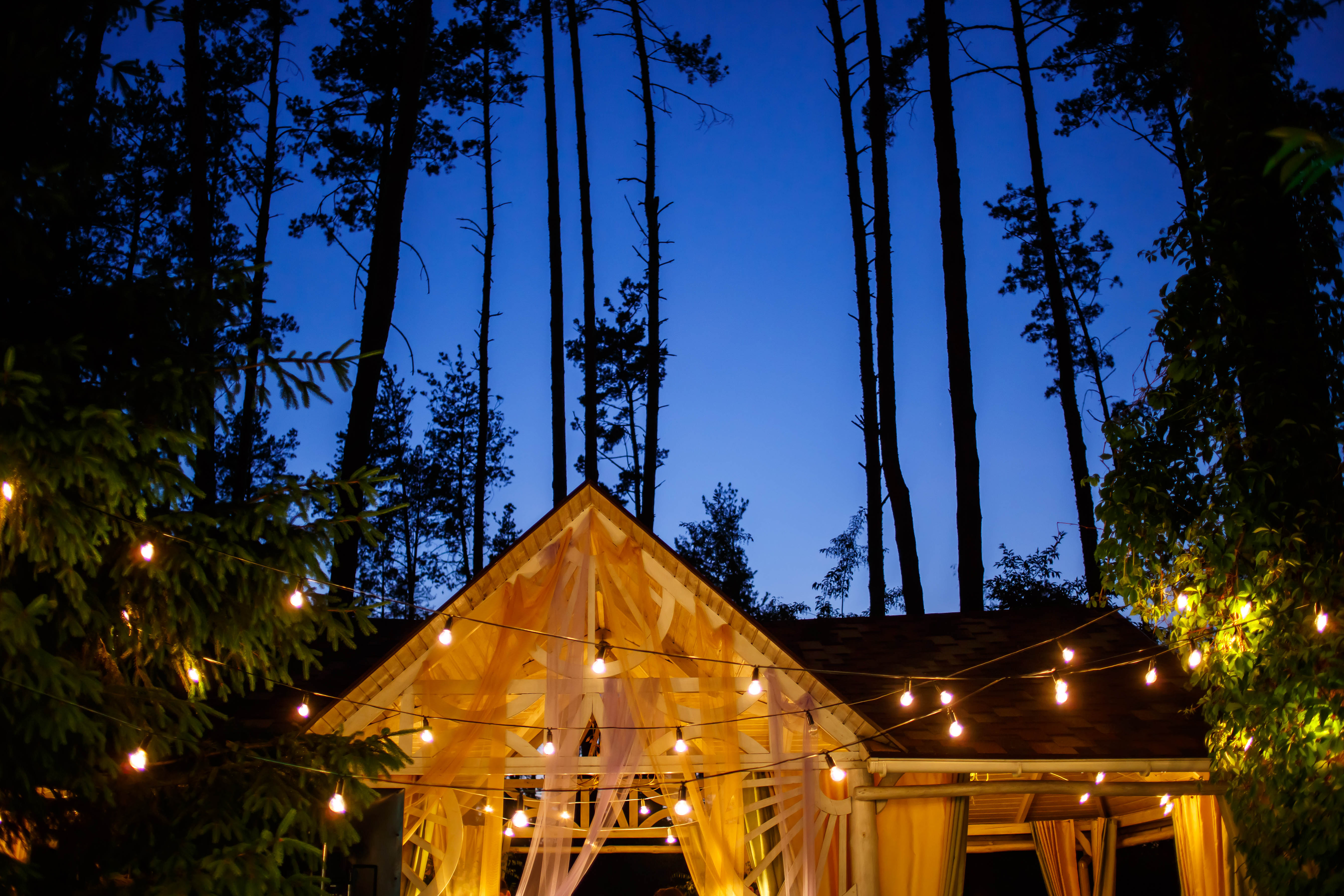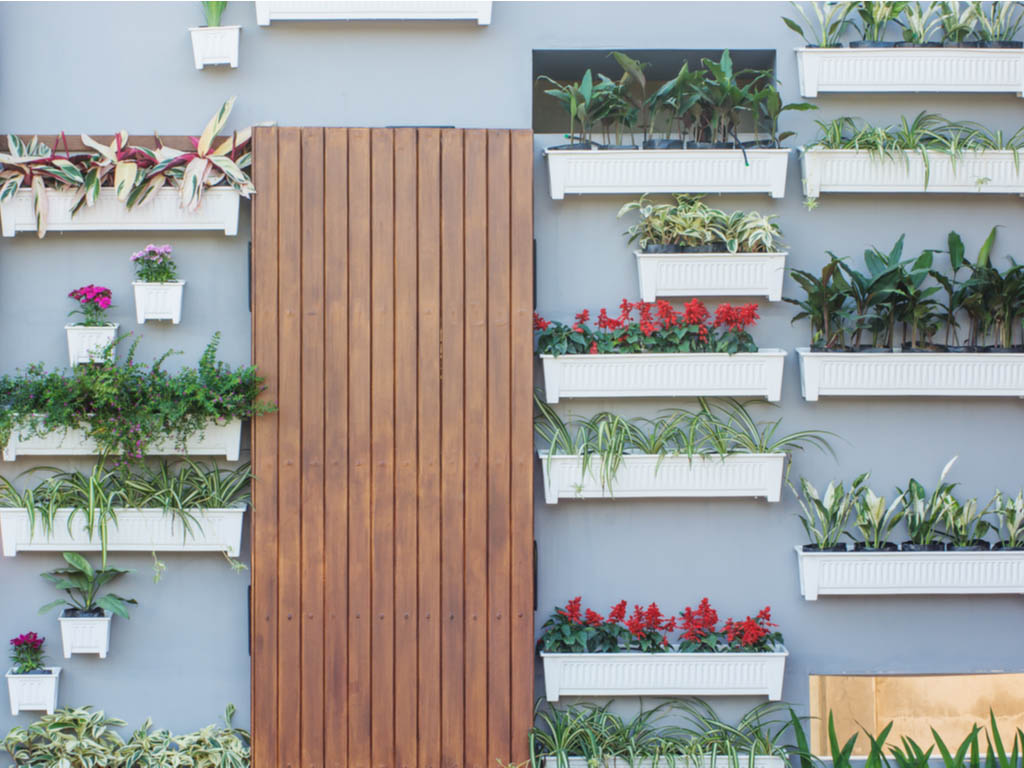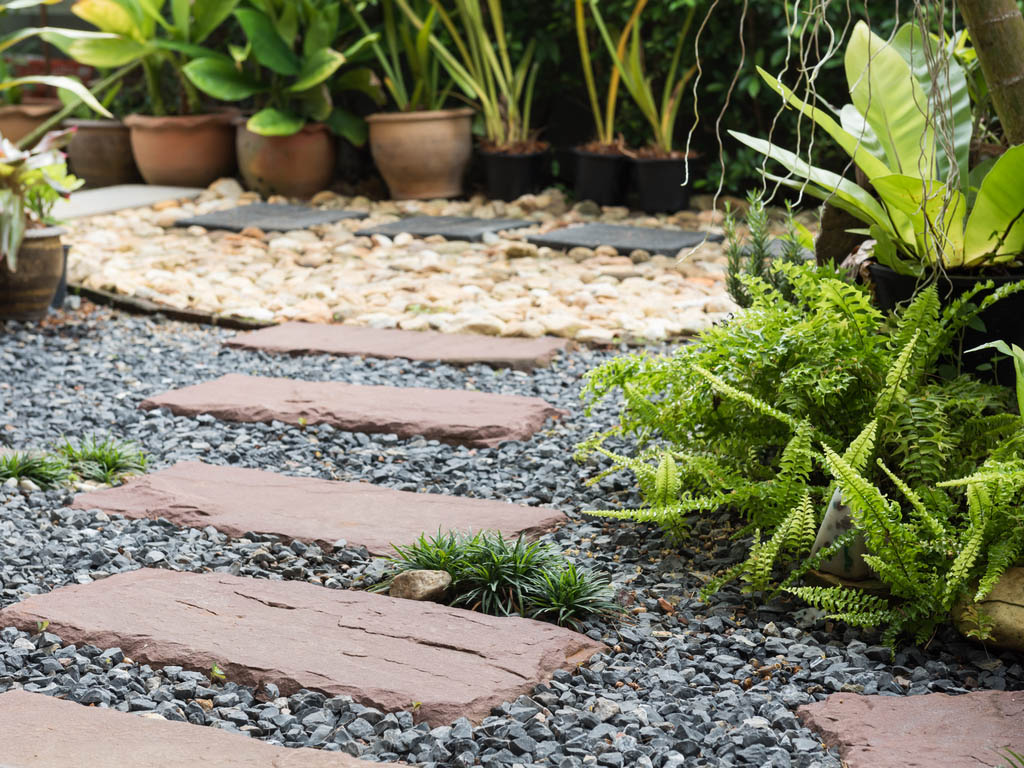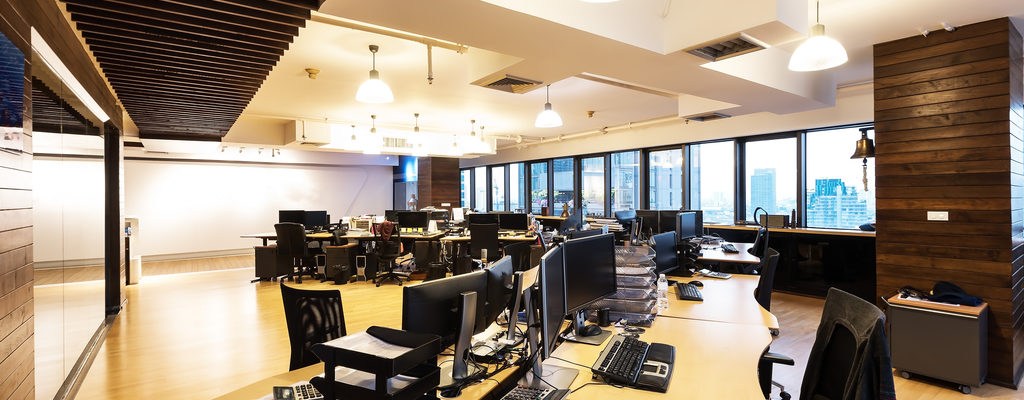Offices are hectic enough. Even when all you can hear are busy fingers typing, it can still be difficult to focus. Often, we associate focus with sound or the lack thereof, but what about light? Believe it or not, the lighting in your office significantly impacts your ability to concentrate and work productively. So, we’re giving you three light hacks to get you back to working hard and staying focused.
Play with Color (Temperature)

Hobrecht Lighting is built on the idea that the way we function is significantly impacted by the way light looks at different times of the day. The sun’s natural light looks different at dusk than it does at noon and at twilight. That’s why we believe it’s so important to have your lighting environment reflect this natural pattern so your body’s circadian rhythm can work as it should.
It shouId go without saying that using actual colored lights is harder on your eyes than plain white light. If you work in an office environment, chances are that you aren’t using any colored lights. If there are colored lights, be sure that it isn’t the only source of light for the entire room. Colored lights can be harder to see in and can cause eye strain. Strained eyes often lead to painful headaches that can be a major distraction when working. To avoid discomfort and improve productivity, use white lights while working.
When it comes to white lights, there are still a few choices of “colors” that can be used. These colors are dependent on the temperature of the light, which is measured in Kelvin. A warm white light measures about 2000 K – 3000 K, cool white light falls around 3100 K – 4500 K, and light resembling daylight is about 4600 K – 6500 K.
Most bulbs come in a few cool and warm variations and people often choose from these options based on personal preference, but it’s important to be informed when making such a decision. Cooler white light works best when working at a computer or reading for extended periods of time.
Not only does it provide visual clarity, but since it most closely resembles the bright morning and afternoon sunshine, it also helps you stay alert, which helps improve productivity. Daylight bulbs mimic the natural light and can help you feel more awake at your desk. If you have sensitive eyes, a warmer white light can help reduce eye strain while still keeping you alert while you work. We recommend purchasing a few LED bulbs at different color temperatures to see which ones work best for you.
Find Your Happy Place

The location of a light source is just as important as the light itself. If you’re working with natural light, keep in mind that it is not always reliable and can change depending on the time of day and the time of year. A bright, artificial light may be necessary to improve productivity and keep you in the best of moods.
Whether you’re in a corner office or a central cubicle, adding task lighting can help improve productivity. Task lighting is an addition to ambient lighting and offers better clarity for things such as reading and writing.
If your workspace doesn’t have task lights installed, a small desk lamp can help keep your personal space bright and keep you focused while working. We offer a huge selection of different bulb types that work great for task lighting and offer focused brightness and clarity that other bulbs don’t.
Ensure your efforts to add light don’t end up hindering your productivity instead. Light, while helpful for improving productivity, can also be a distraction if used incorrectly. When adding light at your desk, be sure to place it on the side opposite your dominant hand so you can avoid distracting shadows while working.
Computer glare can also be distracting but can be avoided by moving the light from behind you or adjusting the height or tilt of your computer monitor. Avoid having light—natural or artificial—pointed directly at your computer screen.
Keep a Safe Distance

Similar to location, distance plays a large role in your ability to stay productive at work. Ideally, the light in your environment should cover the entire room. If there are dim areas of the room, more light is needed. Alternatively, if there are parts of the room receiving significantly more light than others, the number of light sources may need to be adjusted.
Keep in mind that the more distance there is between you and the light source, the dimmer the light will be. For permanent fixtures like overhead lighting, opt for a brighter or dimmer replacement if the current one isn’t sufficient. If your task lighting is too bright or dim, moving it farther or closer can significantly affect your focus and improve productivity.
A More Productive You
Finding the right light temperature, location, and distance can drastically improve productivity. Insufficient lighting can lead to impaired visibility, mood changes, and decreased energy at work. For more productive days, stick with natural light and bright artificial light.
Hobrecht Lighting offers an array of bright white overhead, ambient, and task lights that help improve productivity and alertness at work. No matter what light you choose for your workspace, the way you use it can affect your output. So, here’s to a brighter, happier, and more productive you.
About Us
Hobrecht Lighting is committed to offering the healthiest lighting solutions for your home, work, and business. In line with the Danish concept of hygge, our lights adapt with you throughout the day as they follow the sun’s natural light patterns to help you live a happier, healthier life.

